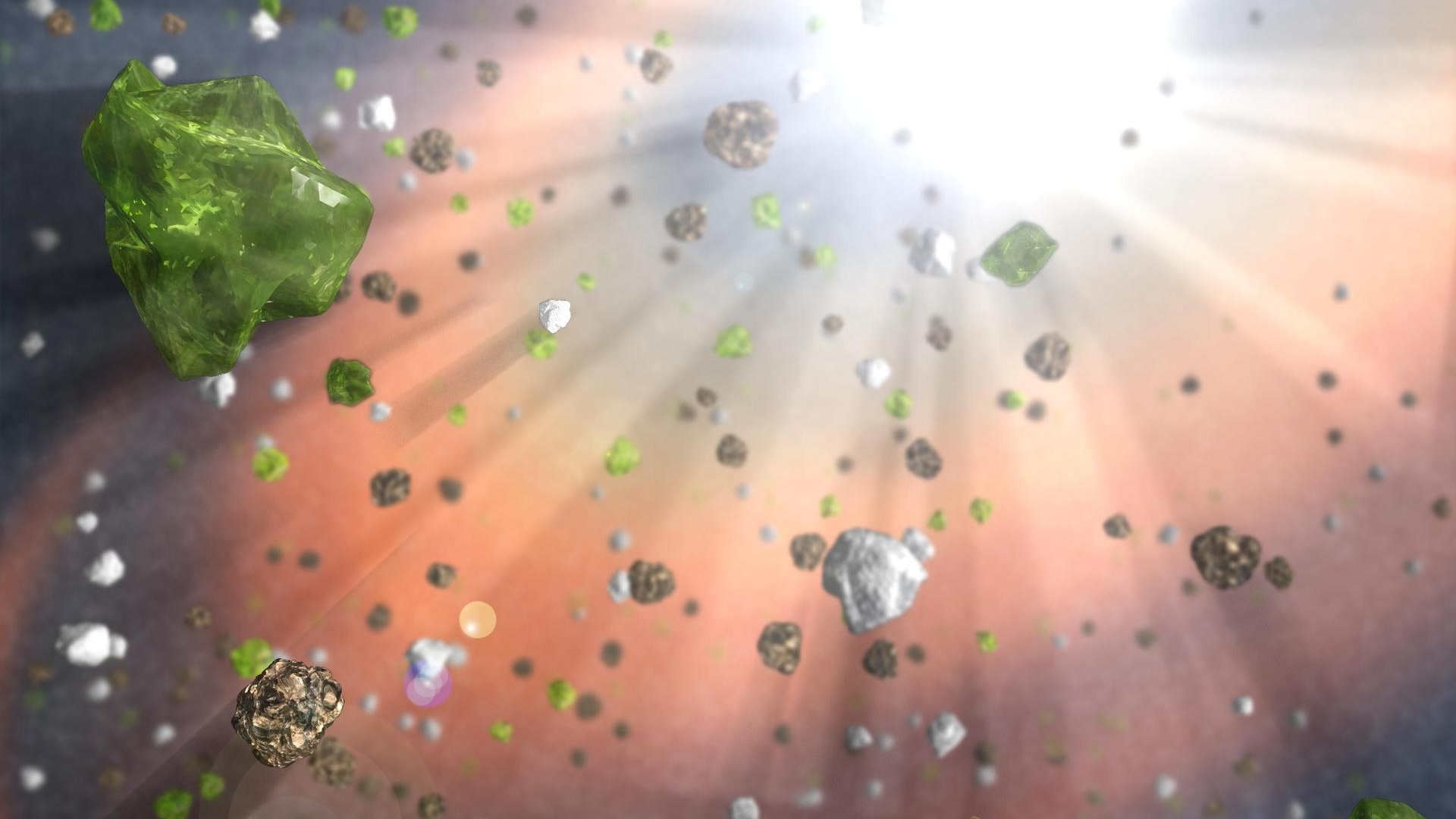'The Majoron' — a bizarre particle that's its own opposite — could explain the biggest mysteries of the universe, scientists claim
There's a significant imbalance between matter and antimatter in our universe, but a strange particle called "the Majoron" could finally explain it, an audacious new study suggests.

A hidden family of "ghost particles" may be responsible for all the dark matter in the universe — and the reason that there is any matter at all, a recent preprint study suggests.
One of the most puzzling questions in modern cosmology is why the universe is filled with matter in the first place. The problem is that almost all fundamental particle reactions produce exact numbers of matter and antimatter particles, which then go on to annihilate each other in flashes of energy. But the universe has an abundance of matter and very little antimatter. So why didn't everything just disappear in the early universe?
The problem is known as baryogenesis, and the leading hypothesis is that some unknown process led to an imbalance of matter over antimatter in the first moments of the Big Bang. But what could that process have been?
New research suggests that the answer may lie in ghostly little particles known as neutrinos. The research was published Dec. 18 on the preprint server arXiv and has not yet been peer-reviewed.
Related: 32 physics experiments that changed the world
There are three varieties of neutrinos, and they all have bizarre properties. For one, they have just a tiny bit of mass, far smaller than even the mass of electrons. They are also all "left-handed," which means their internal spins orient in only one direction as they travel, unlike all other particles that can orient in both directions.
This has led to speculation that there may be more neutrino varieties out there that we haven't detected yet — the right-handed counterparts to the known neutrinos. That's because interactions between the left- and right-handed varieties of neutrinos could cause them to have mass.
A shattered universe
In their recent paper, the researchers proposed a model in which there are two right-handed neutrino species that have very high masses. The model showed that in the earliest moments of the universe, the left- and right-handed neutrinos were in perfect balance. But as the cosmos expanded and cooled, that balance broke, leading to a breaking of symmetries that caused the left-handed neutrinos to acquire their mass and the right-handed neutrinos to disappear from view.
Sign up for the Live Science daily newsletter now
Get the world’s most fascinating discoveries delivered straight to your inbox.
But the researchers' model found that this cataclysmic shift also had other consequences. For one, because neutrinos interact with other particles, their broken symmetry triggered a chain reaction that threw off the delicate balance between matter and antimatter. Second, the right-handed neutrinos mixed together to create an altogether new particle, dubbed the Majoron. The Majoron is a hypothetical particle that is its own anti-particle, and the researchers' calculations showed that this particle would have been made in abundance in the chaos of the early universe.
The Majoron would then survive as a relic of those ancient times, making up the bulk of the mass of every galaxy but remaining invisible and elusive. In other words, it would be a candidate for dark matter, the mysterious hidden substance that fills the cosmos.
It's an audacious proposal, but a comprehensive one. According to the researchers, a single mechanism could explain the strange properties of neutrinos, the baryogenesis that led to the dominance of matter in the universe, and the appearance of mysterious dark matter.
To date, there has been no experimental evidence for the existence of any right-handed neutrinos, let alone something even more exotic like the Majoron. But the researchers predict that if the Majoron exists, it could be within the detectability range of a number of neutrino experiments, like Super-Kamiokande and Borexino — two underground neutrino detectors based in Japan and Italy, respectively. Only time will tell if one of these experiments will find a new signal that lines up with this hypothesis — but if that happens, we may be on the path to solving a number of cosmological mysteries.
Editor's note: This article was updated on Jan. 11 to correct a spelling error. A previous version of the article called the proposed particle the "Majoran"; the correct name is the "Majoron."

Paul M. Sutter is a research professor in astrophysics at SUNY Stony Brook University and the Flatiron Institute in New York City. He regularly appears on TV and podcasts, including "Ask a Spaceman." He is the author of two books, "Your Place in the Universe" and "How to Die in Space," and is a regular contributor to Space.com, Live Science, and more. Paul received his PhD in Physics from the University of Illinois at Urbana-Champaign in 2011, and spent three years at the Paris Institute of Astrophysics, followed by a research fellowship in Trieste, Italy.









